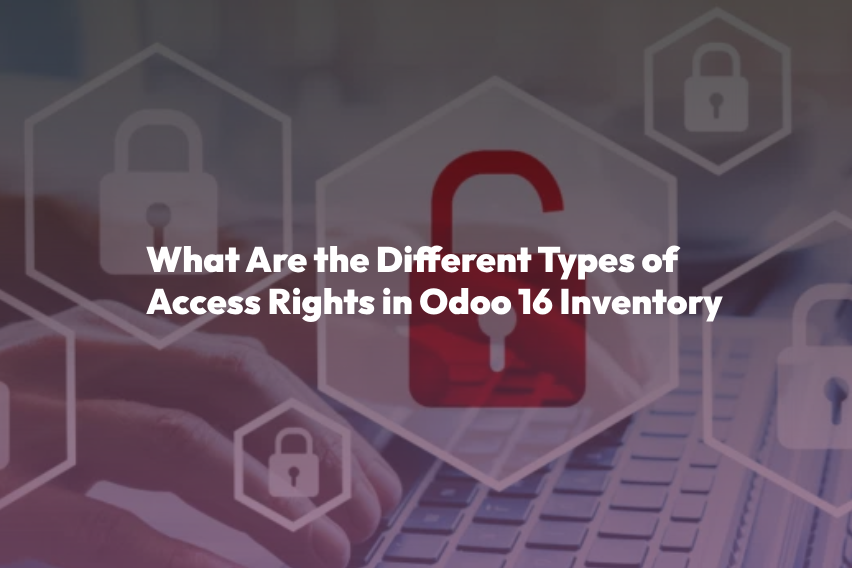Odoo Security : Best Practices to Ensure Your Odoo System’s Security

In today’s digital landscape, ensuring the security of your business data is paramount. Odoo, a powerful and versatile business management software, is no exception. With its extensive capabilities, it’s crucial to implement the best security practices to safeguard your Odoo system from potential threats. In this blog, we will explore some essential strategies to keep your Odoo system safe and secure using odoo security options.
Table of Contents
Odoo Security Majors
Regularly Update Your Odoo Installation
Frequent updates provided by the Odoo team often include security patches and bug fixes. Staying up-to-date with these updates ensures that your system is fortified against known vulnerabilities. Regularly check for new releases and apply updates promptly to keep your Odoo system secure.
Secure User Authentication
Utilize strong passwords and enforce two-factor authentication (2FA) to add an extra layer of security to user accounts. This prevents unauthorized access even if passwords are compromised. Additionally, limit user privileges to only what is necessary for their roles to minimize potential damage in case of a breach.
Implement SSL Encryption
Configuring Secure Socket Layer (SSL) encryption for your Odoo system ensures that data exchanged between users and the system remains encrypted and secure. This is particularly important when sensitive information such as login credentials or financial data is transmitted.
Regular Data Backups
Frequently back up your Odoo system’s data to an off-site location. In the event of a security breach or data loss, having backups readily available enables you to restore your system to a previous, secure state. Automated backup solutions can streamline this process.
Third-Party Modules Vigilance
While third-party modules can enhance Odoo’s functionality, they can also introduce security risks. Only install modules from reputable sources, and keep track of their updates. Remove any unused or outdated modules to minimize potential vulnerabilities.
Monitor System Activity
Implement a robust system for monitoring user activity and system logs. This allows you to identify unusual patterns or unauthorized access attempts. Intrusion detection systems and log analyzers can play a pivotal role in maintaining the security of your Odoo system.
Educate Your Team
Train your employees to recognize potential security threats such as phishing emails and social engineering tactics. By fostering a culture of security awareness, you empower your team to actively contribute to the overall safety of the Odoo system.
Conclusion
Protecting your Odoo system from threats requires a proactive and multi-faceted approach. By following these best practices, you can create a secure environment for your business data and operations. Regular updates, strong authentication, encryption, data backups, cautious module usage, vigilant monitoring, and employee education collectively contribute to a robust Odoo system that stands strong against potential threats. Remember, safeguarding your Odoo system is an ongoing effort that pays off in the long run by ensuring the continuity and security of your business processes.



